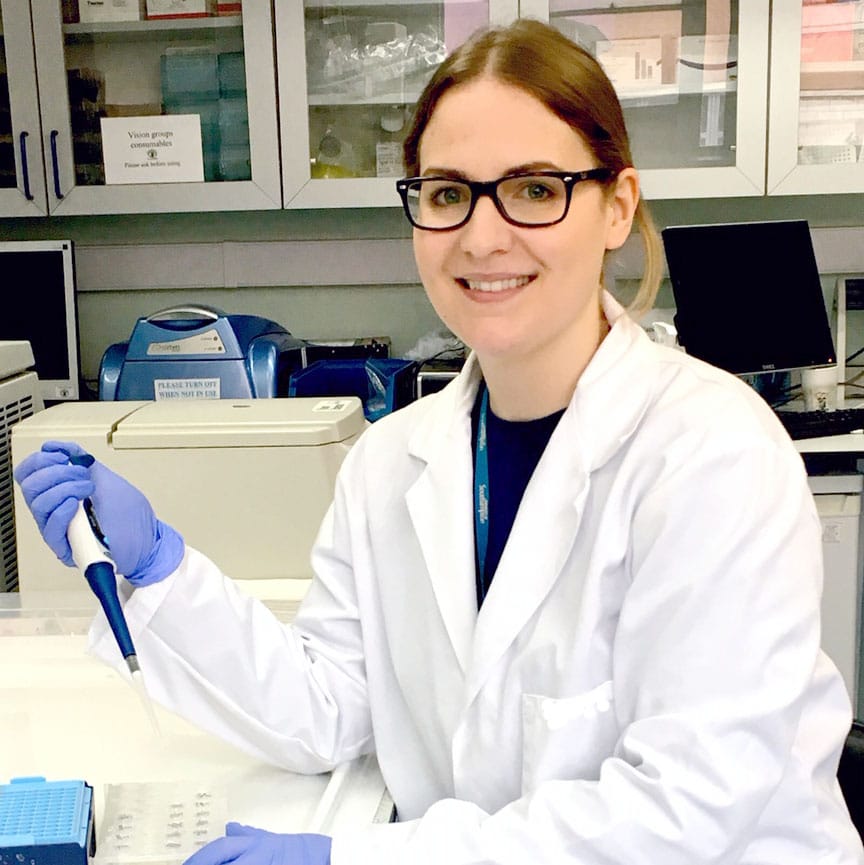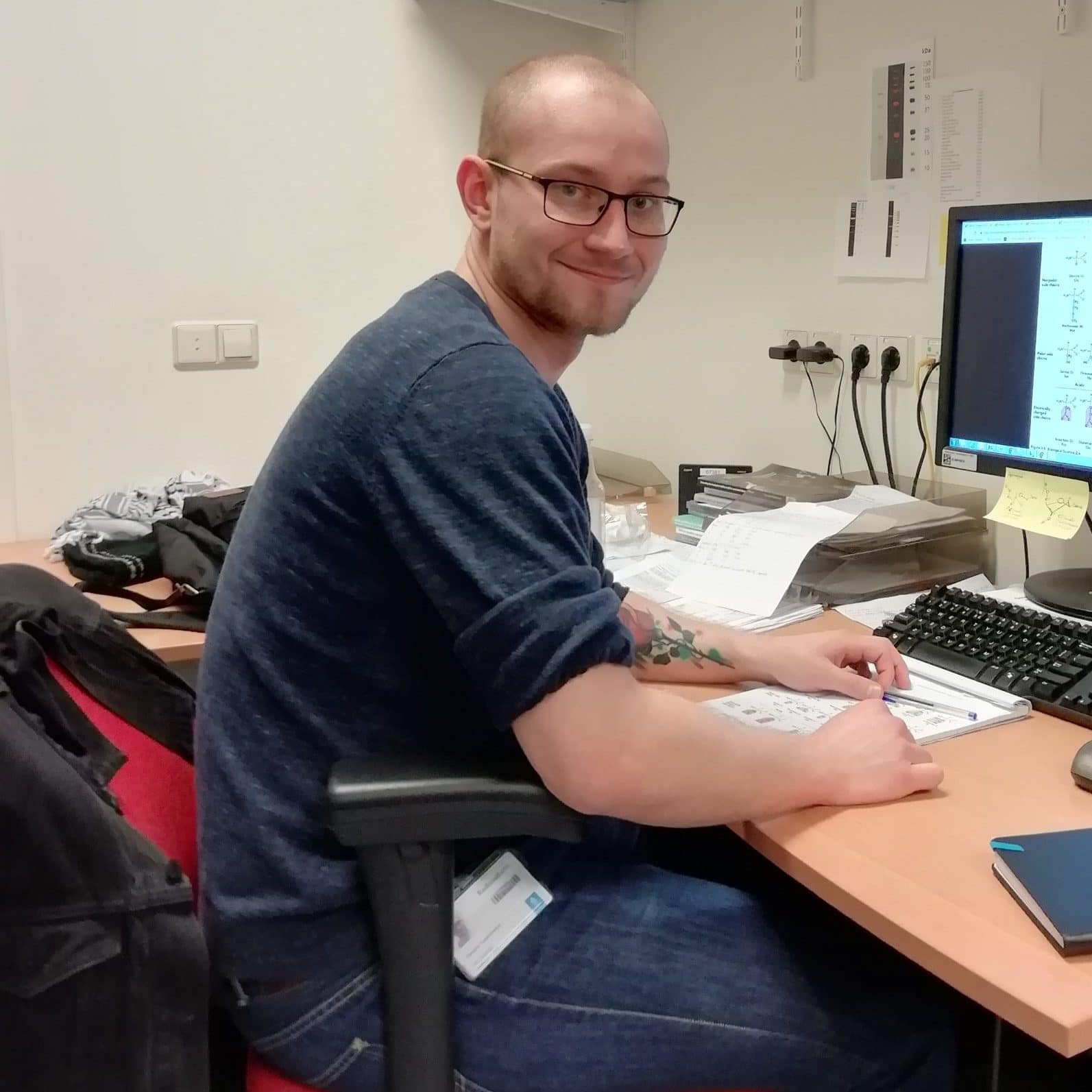
Meet our supporters: William Taylor
Fundraising for Retina UK means a lot to me - both my dad and my nephew have been affected by inherited sight-loss, and I've seen first-hand the incredible work this charity does.
Search results

Fundraising for Retina UK means a lot to me - both my dad and my nephew have been affected by inherited sight-loss, and I've seen first-hand the incredible work this charity does.

Our amazing volunteers are diverse in age, background and ethnicity. The one thing they have in common is that they are all living with, or directly affected by, an inherited sight loss condition.

Jenny Dewing is a postdoctoral researcher working on a Retina UK-funded project with Dr Arjuna Ratnayaka at the University of Southampton.
The aim of the site is to increase the level of awareness and understanding of genetic testing and genetic counselling among people living with inherited retinal dystrophies, empowering them to make fully informed decisions about their lives, healthcare and family planning.

Your doctor or genetic counsellor will spend some time asking about other people in your family to try to work out the way in which your particular faulty gene has been passed down through the generations – this is referred to as the inheritance pattern.

Tomasz Tomkiewicz is undertaking a PhD studentship funded by Retina UK and The Macular Society.

Biotechnology company ProQR has announced that its clinical trials of sepofarsen for Leber congenital amaurosis type 10 and ultevursen for USH2A-mediated retinitis pigmentosa will be wound down with immediate effect.
A discovery made as part of research funded by Retina UK has led to a prestigious award of $2.5 million, enabling scientists to undertake more in-depth investigations and work towards a treatment for a particular type of retinitis pigmentosa.
Many inherited sight loss conditions occur when cells in the retina, which is the light-sensitive region at the back of the eye, deteriorate in an unpredictable way. These conditions are often referred to as inherited retinal dystrophies.
X-linked inheritance means that the faulty gene is located on the X chromosome, the larger of the two sex chromosomes.